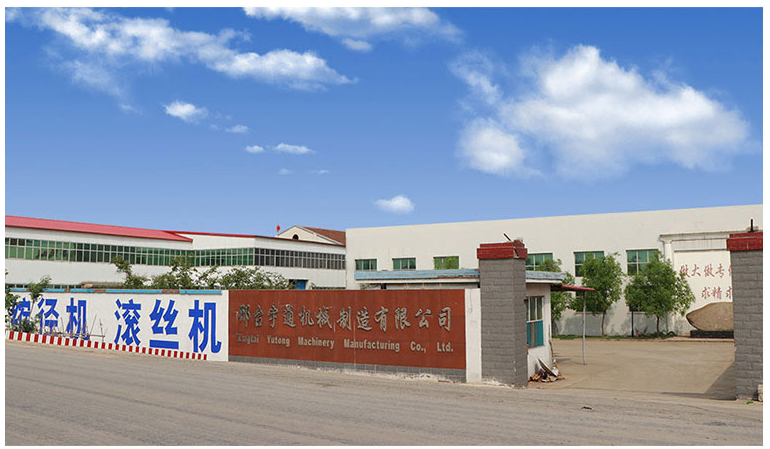
-
 Afrikaans
Afrikaans -
 Albanian
Albanian -
 Amharic
Amharic -
 Arabic
Arabic -
 Armenian
Armenian -
 Azerbaijani
Azerbaijani -
 Basque
Basque -
 Belarusian
Belarusian -
 Bengali
Bengali -
 Bosnian
Bosnian -
 Bulgarian
Bulgarian -
 Catalan
Catalan -
 Cebuano
Cebuano -
 Corsican
Corsican -
 Croatian
Croatian -
 Czech
Czech -
 Danish
Danish -
 Dutch
Dutch -
 English
English -
 Esperanto
Esperanto -
 Estonian
Estonian -
 Finnish
Finnish -
 French
French -
 Frisian
Frisian -
 Galician
Galician -
 Georgian
Georgian -
 German
German -
 Greek
Greek -
 Gujarati
Gujarati -
 Haitian Creole
Haitian Creole -
 hausa
hausa -
 hawaiian
hawaiian -
 Hebrew
Hebrew -
 Hindi
Hindi -
 Miao
Miao -
 Hungarian
Hungarian -
 Icelandic
Icelandic -
 igbo
igbo -
 Indonesian
Indonesian -
 irish
irish -
 Italian
Italian -
 Japanese
Japanese -
 Javanese
Javanese -
 Kannada
Kannada -
 kazakh
kazakh -
 Khmer
Khmer -
 Rwandese
Rwandese -
 Korean
Korean -
 Kurdish
Kurdish -
 Kyrgyz
Kyrgyz -
 Lao
Lao -
 Latin
Latin -
 Latvian
Latvian -
 Lithuanian
Lithuanian -
 Luxembourgish
Luxembourgish -
 Macedonian
Macedonian -
 Malgashi
Malgashi -
 Malay
Malay -
 Malayalam
Malayalam -
 Maltese
Maltese -
 Maori
Maori -
 Marathi
Marathi -
 Mongolian
Mongolian -
 Myanmar
Myanmar -
 Nepali
Nepali -
 Norwegian
Norwegian -
 Norwegian
Norwegian -
 Occitan
Occitan -
 Pashto
Pashto -
 Persian
Persian -
 Polish
Polish -
 Portuguese
Portuguese -
 Punjabi
Punjabi -
 Romanian
Romanian -
 Russian
Russian -
 Samoan
Samoan -
 Scottish Gaelic
Scottish Gaelic -
 Serbian
Serbian -
 Sesotho
Sesotho -
 Shona
Shona -
 Sindhi
Sindhi -
 Sinhala
Sinhala -
 Slovak
Slovak -
 Slovenian
Slovenian -
 Somali
Somali -
 Spanish
Spanish -
 Sundanese
Sundanese -
 Swahili
Swahili -
 Swedish
Swedish -
 Tagalog
Tagalog -
 Tajik
Tajik -
 Tamil
Tamil -
 Tatar
Tatar -
 Telugu
Telugu -
 Thai
Thai -
 Turkish
Turkish -
 Turkmen
Turkmen -
 Ukrainian
Ukrainian -
 Urdu
Urdu -
 Uighur
Uighur -
 Uzbek
Uzbek -
 Vietnamese
Vietnamese -
 Welsh
Welsh -
 Bantu
Bantu -
 Yiddish
Yiddish -
 Yoruba
Yoruba -
 Zulu
Zulu
Flat Die Thread Rolling Machine for Precision Manufacturing and Enhanced Thread Quality
The Flat Die Thread Rolling Machine A Comprehensive Overview
In the realm of manufacturing and metalworking, efficiency, precision, and reliability are paramount. One of the critical tools that has emerged to meet these demands is the flat die thread rolling machine. This advanced piece of machinery has revolutionized the production of threaded components, combining innovative technology with practical design to optimize performance in various industries.
What is a Flat Die Thread Rolling Machine?
A flat die thread rolling machine is designed to create external threads on cylindrical workpieces through a process known as thread rolling. Unlike traditional cutting methods that remove material to form threads, thread rolling utilizes the deformation of the material to produce threads, resulting in a stronger and more precise final product. This machine typically consists of two flat dies that are mounted in a way that allows them to rotate in opposite directions, effectively clamping the workpiece between them and forcing the material outward to form the desired threading pattern.
Key Features and Benefits
The flat die thread rolling machine boasts several advantages that set it apart from conventional threading methods
2. Precision With tight tolerances achievable in the rolling process, manufacturers can consistently produce high-quality threads that meet stringent specifications and standards.
flat die thread rolling machine product

3. Speed and Efficiency The rolling process is considerably faster than cutting, allowing for high production rates while also reducing material waste. This efficiency helps manufacturers meet tight deadlines and optimize production costs.
4. Versatility Flat die thread rolling machines can accommodate a variety of materials, including steel, aluminum, brass, and plastic, making them suitable for diverse applications across different industries, from automotive to aerospace.
5. Reduced Tool Wear Unlike cutting tools that degrade over time, the dies in thread rolling machines experience less wear, leading to lower maintenance costs and longer operational life.
Applications
The versatility and efficiency of flat die thread rolling machines make them invaluable in numerous applications. They are commonly used in the production of screws, bolts, and other fasteners that require threaded components. Additionally, these machines play a crucial role in the manufacturing of parts for the automotive industry, including engine components and transmission elements, where reliability and strength are critical.
Conclusion
In conclusion, the flat die thread rolling machine represents a significant advancement in the field of metalworking. Its ability to produce high-quality, durable threads quickly and efficiently makes it an essential tool for modern manufacturers. As industries continue to evolve and demand greater precision and reliability, the role of flat die thread rolling machines will undoubtedly expand, solidifying their status as a cornerstone of efficient manufacturing processes. Manufacturers looking to enhance their production capabilities should consider integrating this innovative technology into their operations to stay ahead in an increasingly competitive marketplace.
